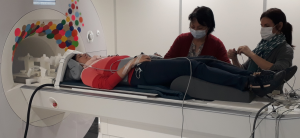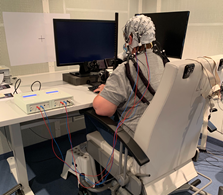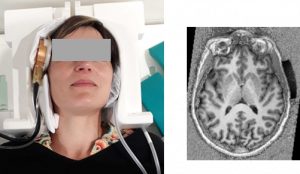Brain plasticity refers to the ability of the brain to modify its own structure and function following changes within the body or in our external environment. The most intensively studied plasticity mechanisms are the processes of long term potentiation and long term depression (LTP and LTD respectively). LTP and LTD-like phenomena can be induced non-invasively using brain stimulation techniques. Today, the utility of NIBS in clinical settings is somewhat limited because of the high intra- and inter-individual response variability and the lack of mechanistic understanding of the local as well as the remote brain effects of NIBS. In our lab, we test innovative non-invasive brain stimulation (NIBS) protocols able to modulate brain plasticity more efficiently and reliably. In addition, we combine our stimulation protocols with MRI and whole brain and spinal cord activation and connectivity analyses especially to understand the mechanisms and conditions by which connections become strengthened or weakened using concurrent fMRI.

After a stroke, damage to the primary visual cortex (V1) or its immediate afferents results in a loss of visual field, termed hemianopia/quandranopia. Post-stroke visual deficits are severely disruptive to almost every aspect of the patient’s daily life, but there are currently no clinically proven therapies for visual restoration. In our lab, we are developing new brain stimulation-based interventions that aim at re-orchestrating cross frequency oscillatory interactions in the lesioned visual system to promote visual recovery. This new approach is being tested in acute and chronic stroke patients and later transposed to patients with Parkinson’s Disease suffering from visual deficits.

The role of sensory feedback for motor performance and skill acquisition is massive. We investigate the sensorimotor pathways supporting precise and timed sensorimotor contingencies with the ultimate goal of improving sensory driven motor behavior in healthy volunteers and patients. One axis is to target the relevant deep brain structures using an innovative non-invasive deep brain stimulation technique, namely focal ultrasound stimulation (FUS).
